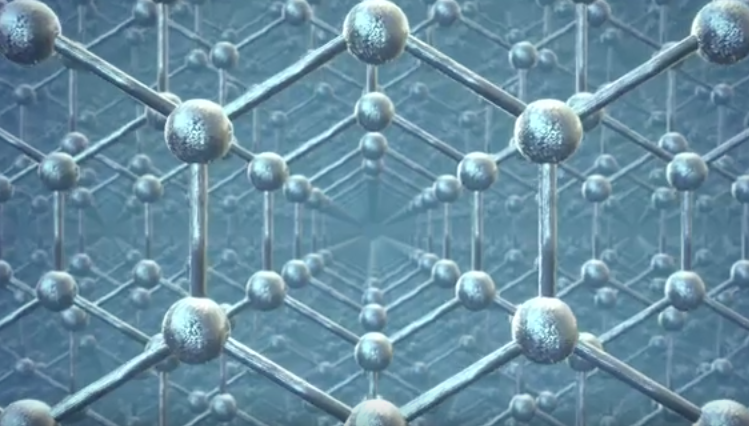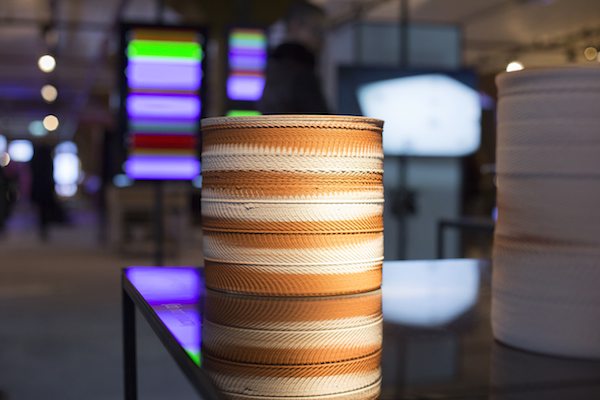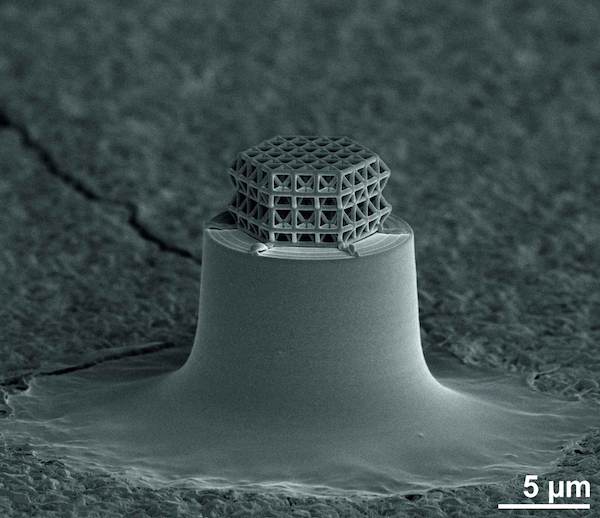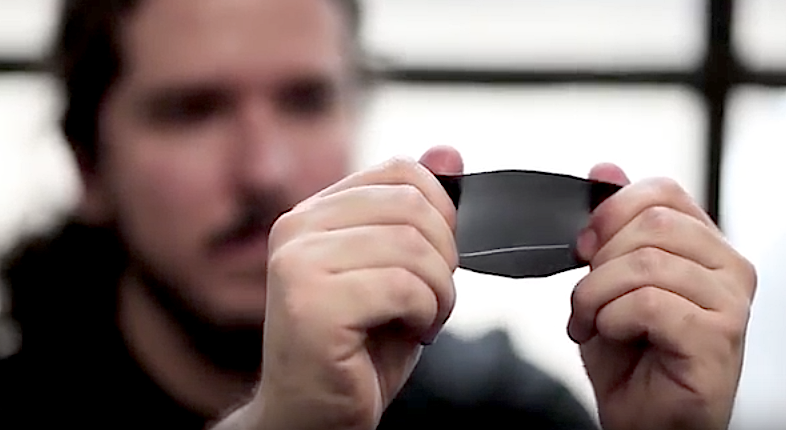An international team of researchers have grown carbon films that allow microchips and power sources to be combined into one, opening the door to integrated power and smaller electronic devices.
Read MoreScientists at the U.S. Department of Energy’s Brookhaven National Laboratory, Stony Brook University, and the Colleges of Nanoscale Science and Engineering at SUNY Polytechnic Institute, paired graphene with glass to create a more robust electronic material with scale-up potential—but that’s not all that graphene’s been up to.
Read MoreArtist Olivier van Herpt is harnessing the scientific power of audio in a new project experimenting with how sound intersects with a different medium: 3-D printed ceramics.
Read MoreKarlsruhe Institute of Technology scientists have turned to 3-D laser lithography to build the world’s smallest microlattice structures. But while this method is great at fabricating intricate, precise, and tiny structures, it has just one small problem—it cannot go small enough.
Read MoreResearchers at the University of Connecticut are working on a solution to fuel cell degradation by developing a capture technique that can grab chromium within a fuel cell, preventing it from reaching and poisoning the cell’s cathode.
Read MoreA project at Ohio State University is testing a new tool that resembles a tree-like structure for harvesting energy that uses vibrations from wind, traffic on a bridge, and even seismic activity to generate power.
Read MoreMaterials science company Lucideon has developed a new strategy that can prevent drug abusers from using dangerous methods to get high—the company’s ceramic pills are much more structurally robust than traditional pharmaceuticals, making them very difficult to crush or to dissolve into alcohol or other solvents.
Read MoreScientists at the Massachusetts Institute of Technology are working with a readily available transparent polymer that may be useful in the design of cheaper materials for smart windows that automatically adjust the amount of incoming light.
Read More









